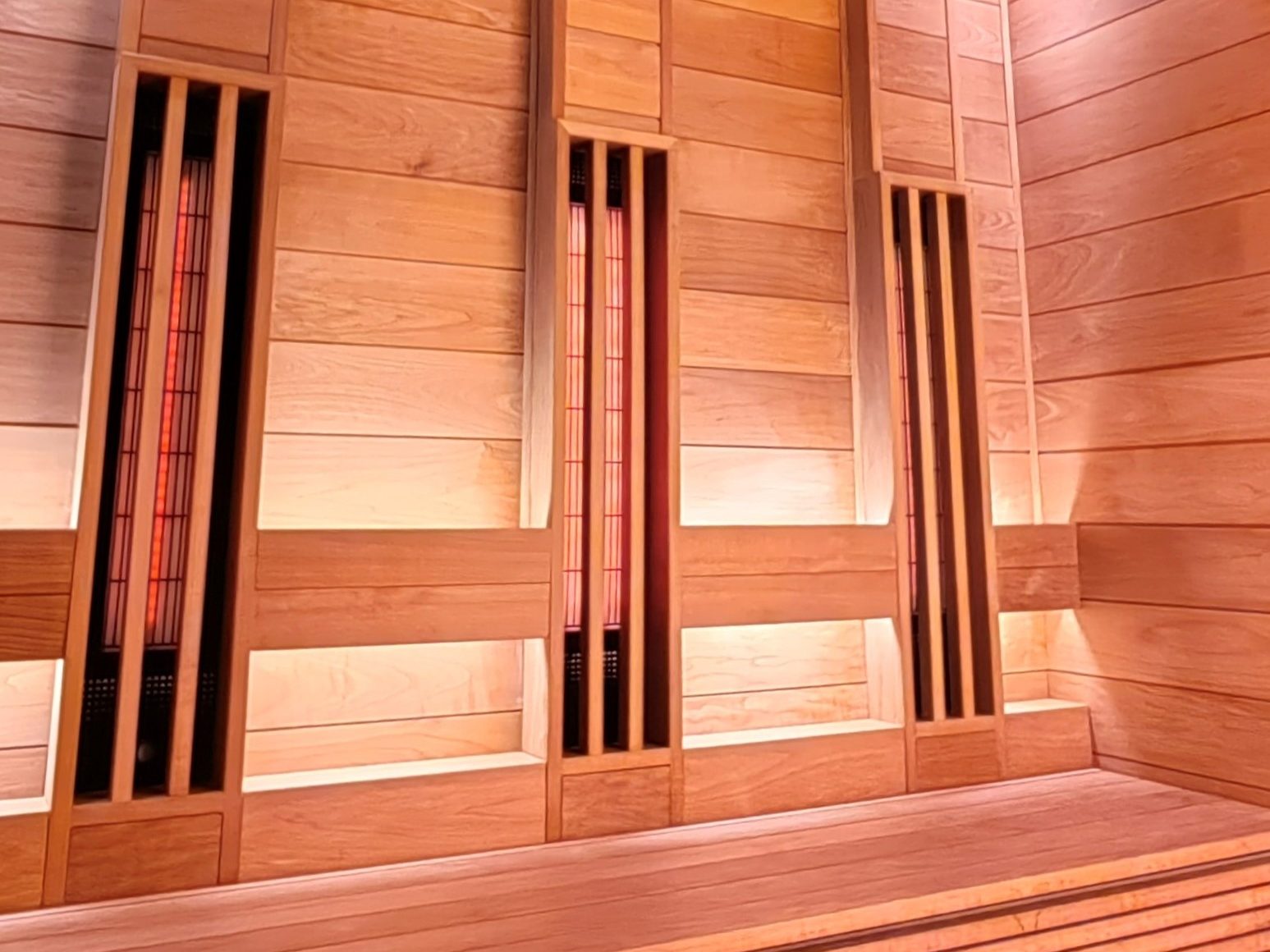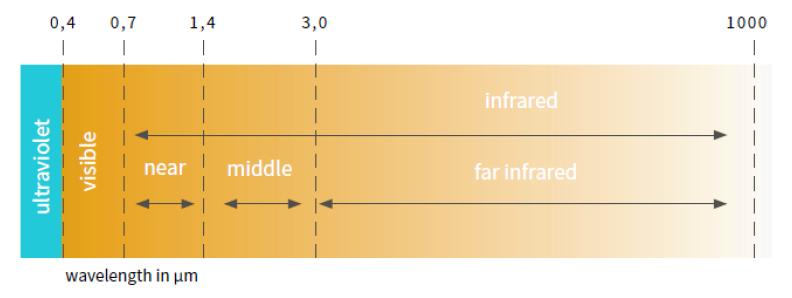Experience the deep-penetrating heat that infrared heat therapy can provide.
When sometimes the high temperature of a traditional sauna are too much to handle, an infrared Sauna may can offer the same benefits yet without the extreme heat.
What is Infrared Therapy?

Unlike traditional saunas, infrared saunas don’t heat the air around you within the room. Rather, they use infrared emitters, usually heaters or panels, to directly warm your body’s core temperatures using infrared rays.


The Infrared Spectrum
The sun produces a combination of visible and invisible light, and one of these invisible light spectrum is infrared rays. Invisible infrared wavelengths are what makes the sun feel warm.
Numerous studies have established that infrared rays from the sunlight spectrum are beneficial to the human body. By going through an infrared therapy, you can experience a safe and comfortable treatment without contacting any of the harmful rays.
There are three main categories of the infrared spectrum: Near infrared, Mid infrared, and Far infrared.

◆ Near Infrared, the shortest wavelength, will be absorbed just below skin surface to creating sweat.
◆ Mid Infrared is a longer wavelength that can penetrate deeper into body’s soft tissue, causing oxygen to be released.
◆ Far Infrared is the longest wave and best absorbed by body. It penetrates the fat cells, stimulate various metabolism.
How is it different from Traditional Sauna?

1. Temperature
Infrared saunas usually operate between 45 to 60 °C , which is far less extreme than traditional saunas, which is typically 75 to 90 °C. However, unlike traditional saunas, the goal in an infrared bath is not to achieve a high temperature. As the emitters remain activated, the bather will still feel hot and sweat profusely caused by the deep penetrating heat even the temperature is much lower.
2. Heating Method
Both sauna types result in profuse sweating, but the method of heating the body is different.
In a traditional sauna, the heating process most often involves an electric heater that heats a compartment of stones that transmit the heat throughout the room. In an infrared sauna however, the heat waves penetrate the body directly to raise its core temperature, warms up the joints and muscles, and the body begins to perspire.
3. Preheat Time
A well constructed traditional sauna needs 30 to 40 minutes for the room to reach the desired temperature, while the heating time is effected by the sauna’s insulation, ventilation and room temperature. For infrared sauna, the bathing begin right on once the emitters are switched on, so the preheat time is much shorter.
4. Energy Usage
Commonly a dry sauna heater runs for 75% during the first hour and 50% of the following hours. Meanwhile, the infrared heating system typically uses less energy as it requires less time to preheat.
5. Bath Duration
Although traditional saunas are large enough to host several people within, it restricts people to around 10 to 15 minutes each session because of the higher temperatures. Using an infrared sauna allows a much longer session time, usually around 20 to 30 minutes. The temperature are lower and more manageable for those who cannot withstand extreme temperatures. Therefore, infrared saunas allow a wider range of bathers than traditional saunas for its gentler bathing environment.
Thus, if you want try to a safer hot bath experience in more extended periods, the infrared sauna would be a good choice.


